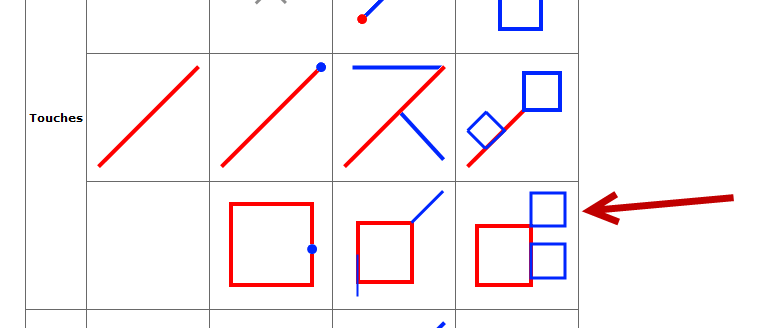I have a dataset that in which I need to reduce records. The dataset is made up of a grid that covers a very large area and has been exported from a raster dataset. I will call each unit of this grid a cell, which is essentially a square of equal sides and measures some 0.5 ha.
The first method that I have used to reduce records was the DISSOLVE transformer and grouping by several attributes, which works great for all cells that have common boundaries - no surprise there.
I would like to include cells that only have a corner point in common and can be grouped by the same several attributes.
Is there a transformer that would carry out this sort of task?
Regards
Benton

